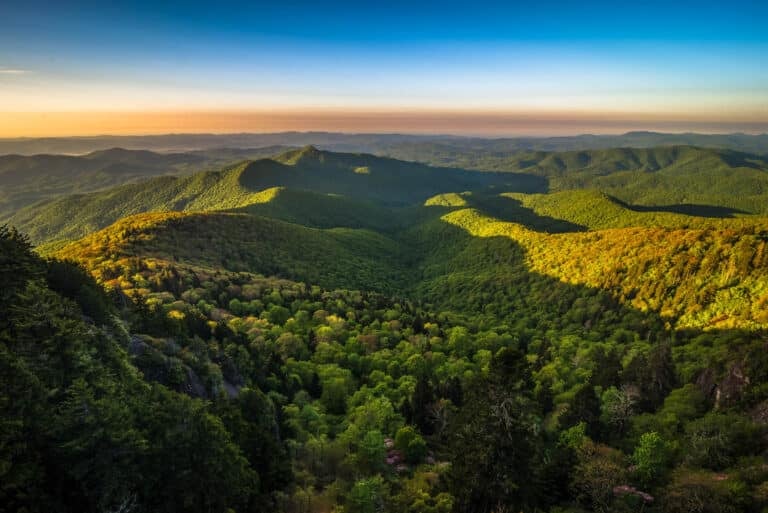‘STRINGBEAN’ SETS New A.T. Speed Record
Joe “Stringbean” McConaughy broke both the self-supported and supported A.T speed records for the Appalachian Trail in early September, completing the 2,190-mile trail in 45 days, 12 hours, and 15 minutes. His time was almost 10 hours faster than Karl Meltzer’s record set last year. However, unlike Meltzer, Stringbean hiked the trail self-supported, with no crew or outside assistance. He averaged 50 miles per day.
Stringbean dedicated his thru-hike to his cousin, who passed away from neuroblastoma in 2012 at the age of two. Stringbean, 26, previously crushed the Pacific Crest Trail record in 2014. He was also a Division I cross country and track runner for Boston College.
Stringbean suffered knee and quad injuries along the way but battled through them to reach Katahdin.
Runner Honors Late Wife with Marathons
When Tom Guetzloff’s wife Christine was losing her battle with ovarian cancer, she made her husband promise he would get in shape so he would be able to take care of their children. After Christine passed away in 2003, Guetzloff, a chemistry professor at West Virginia State University, kept his word and started running to get healthy and deal with the grief of losing his wife, who was only 34. The therapeutic benefits of running stayed with him, and in the first two years after Christine’s death, Guetzloff ran 10 marathons. “As I was running and it went on, it sorted of shifted from being about Christine, and more about me wanting to run these for myself,” he told Runner’s World in a recent profile.
A decade and a half later Guetzloff is still running. In June he completed the goal of running a marathon in all 50 states by finishing the Hawaii Marathon, and he’s not stopping. To date he’s run 65 marathons and he’ll be on the course at the Marshall University Marathon in his home state of West Virginia in November.
Greenbrier Trail Re-Opens After Extreme Flood Damage
It took more than a year to repair large portions of the 78-mile Greenbrier River Trail in West Virginia, following large landslides caused by flooding in the summer of 2016. An 11-mile section of the trail in Greenbrier County had some of the most significant damage after being buried “under a 600-foot-high, 300-foot-long pile of rocks, mud, trees and brush,” according to the Charleston Gazette-Mail. Thirty additional sites were affected by the flooding, which also caused significant damage near the Greenbrier’s southern terminus in Caldwell. Now completely reopened, the lengthy trail runs along the river on a former rail bed, starting at its northern terminus in Cass. Operated by the West Virginia State Parks systems, it is a popular long trail for cyclists, hikers, and cross-country skiers, as well as anglers accessing sections of the river.
Bear Roams UVA Grounds
Just before students returned to the University of Virginia in Charlottesville in late summer, a black bear spent an early August day wandering around the school’s expansive grounds. The university’s police department received multiple calls about bear sightings throughout the afternoon and photos started surfacing on social media. Eventually David Kocka, a wildlife biologist for the Virginia Department of Game and Inland Fisheries, found the male bear near the U.Va. children’s hospital looking confused and tired. Kocka tranquilized “UVA Bear,” which many started calling the animal, and after a proper amount of time, released him on national forest land west of Harrisonburg, Va.
2,900
Number of acres in North Carolina’s new Bobs Creek State Natural Area, located in Marion. The land was purchased by a generous conservationist, Tim Sweeney of Cary, N.C., and is being transferred to the state with help from the nonprofit Foothills Conservancy. The heavily forested parcel that holds rare plant species was designated as a natural area, instead of a state park, to help preserve the land’s natural resources. North Carolina State Parks spokeswoman Katie Hall told the Asheville Citizen-Times, “We still want the public to enjoy it if possible, but with low impact recreation like hiking that is not expected to have a large impact on the ecosystem.”







